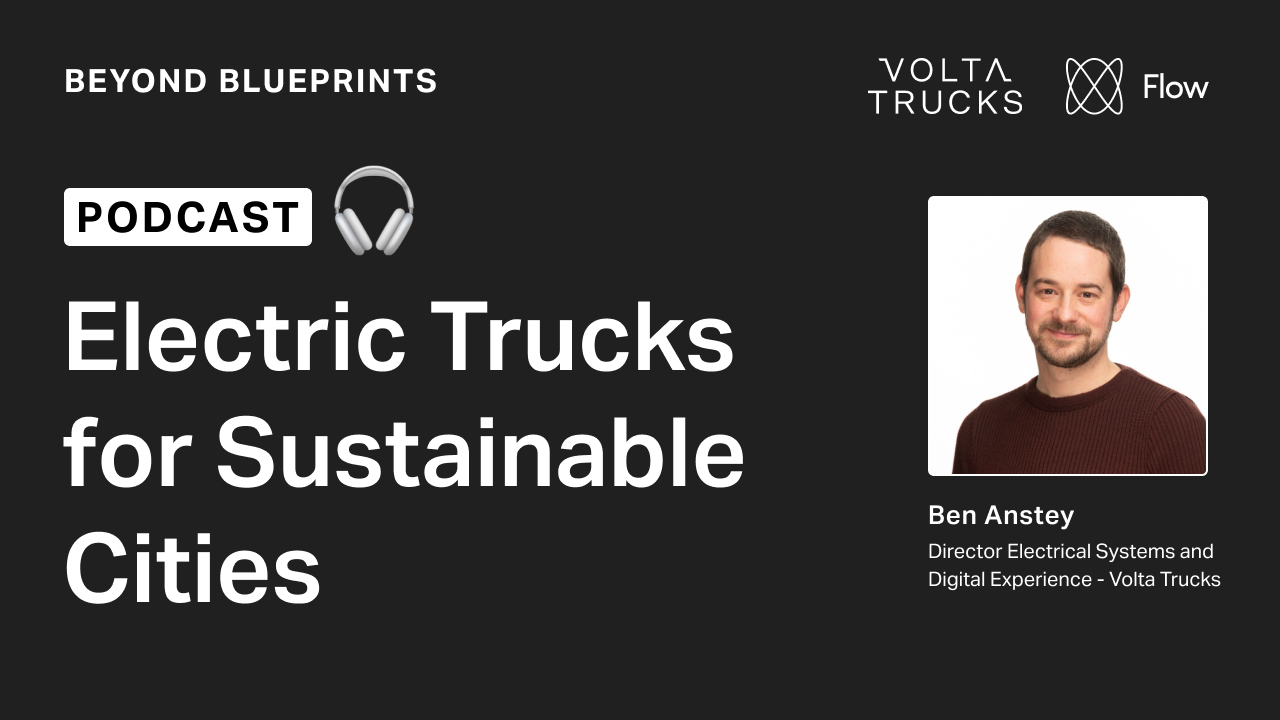- Handbook
- Industries
- Product
- Integrations
- Pricing
- Resources
- Company
Nov 27, 2023
Beyond Blueprints, Episode #3: Electric Trucks for Sustainable Cities
Pari Singh
Episode #3 of Beyond Blueprints features Ben Anstey, the Director of Electrical Systems and Digital Experience for Volta Trucks. Volta's ethos was a clean sheet rethink for how to design and build a commercial vehicle.

Agile Systems Engineering Briefing
Monthly newsletter and examples on building better iterative engineering cultures from teams like SpaceX, Stoke and Impulse Space.
Share this post
© Copyright 2025 TRC Space Ltd.
All rights reserved.
Providing new-age engineering companies with a requirements tool that is built specifically for their needs and allows them to focus on engineering ground breaking products.